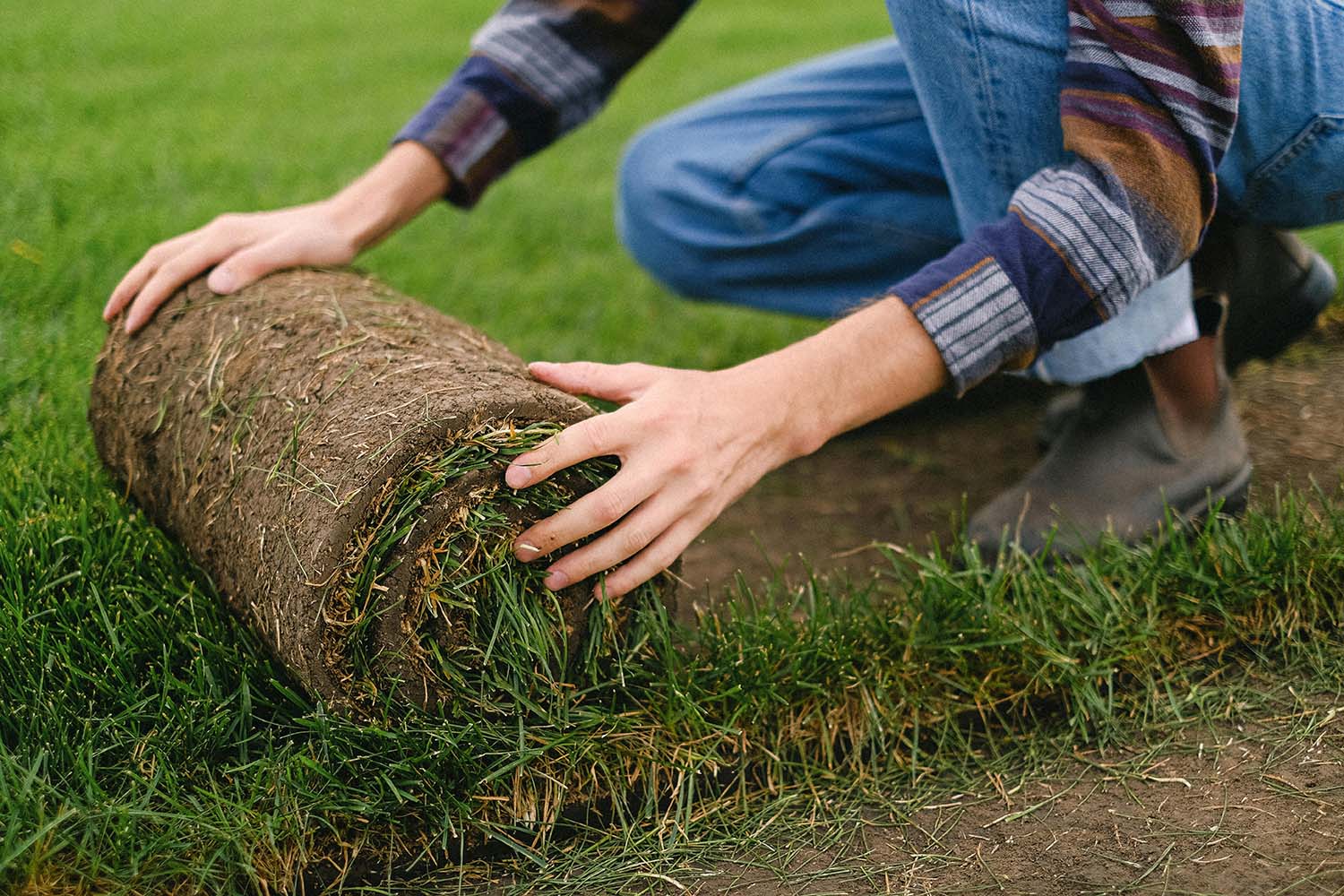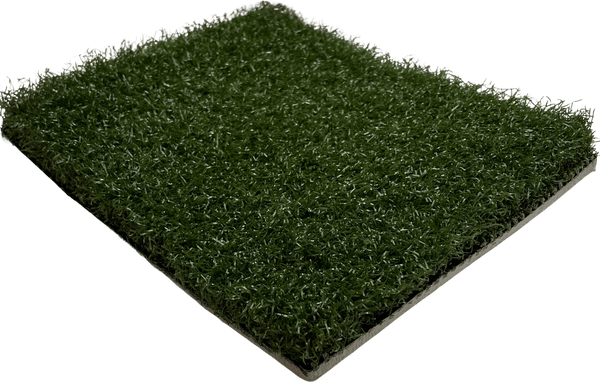Explore the Environmental Conveniences of Opting for Synthetic Grass Solutions
The fostering of man-made lawn services provides a compelling possibility to resolve pushing ecological obstacles. By substantially decreasing water use and lessening the application of damaging chemicals, these options not just advertise lasting landscaping yet also protect neighborhood ecosystems.
Water Preservation Perks
One of the most substantial benefits of man-made turf is its capacity to preserve water. In contrast, synthetic lawn does not require watering, significantly lowering the overall need for water sources.
By removing the need for regular watering, synthetic grass contributes to sustainable landscape methods and helps minimize the ecological effect of extreme water intake. The conservation of water extends to the decrease of drainage, which can lead to dirt disintegration and river contamination.
Additionally, the setup of fabricated turf enables house owners and districts to allocate water resources more effectively, focusing on important usages such as drinking water and farming. The change towards synthetic grass not just advertises accountable water usage yet additionally lines up with wider environmental objectives focused on preserving natural deposits.
As areas increasingly focus on sustainability, the water preservation benefits of synthetic grass offer an engaging case for its adoption in business and domestic landscape design projects.
Minimized Chemical Usage
The transition to synthetic grass substantially decreases the dependence on chemical treatments frequently utilized in all-natural grass upkeep. Standard lawn monitoring usually includes the application of herbicides, fertilizers, and pesticides to advertise growth and control pests. These chemicals can present dangers to human health, neighborhood wildlife, and the environment, adding to dirt and water contamination.
In contrast, synthetic grass gets rid of the need for these unsafe compounds. Once mounted, it calls for very little upkeep, mostly including regular cleaning and seldom infill replenishment. This decrease in chemical use not just benefits the immediate atmosphere but also adds to wider ecological security. By lessening the release of synthetic compounds into the ecological community, synthetic turf advertises much healthier dirt and water systems.
Moreover, the absence of chemical drainage related to synthetic lawn setups helps shield local rivers from air pollution, sustaining water life and preserving biodiversity. Turf installation phoenix az. As areas progressively prioritize lasting methods, selecting synthetic grass offers a viable option that aligns with environmental conservation objectives. Via this change, residential or commercial property proprietors can enjoy rich environment-friendly rooms without endangering environmental health, leading the way for a much more lasting future
Lower Carbon Footprint

Moreover, the installment of fabricated lawn can lead to considerable water conservation. Natural yards call for substantial quantities of water for watering, which not just contributes to the carbon footprint related to water extraction and treatment yet additionally strains local water sources. On the other hand, synthetic grass needs minimal upkeep, needing no watering, thus significantly lowering water usage and its linked power costs.
Additionally, the long life of synthetic grass contributes to its lower carbon influence. With a life-span of approximately 15 years or even more, the requirement for constant substitutes is decreased, leading to less waste and reduced energy usage in production and disposing of conventional lawn choices. In general, synthetic lawn offers a lasting option for environmentally mindful landscaping.
Habitat Preservation
Environment preservation is a critical factor to consider in the dispute over landscape design choices, especially when comparing synthetic grass to all-natural grass. Natural yard yards usually require substantial upkeep, including making use of pesticides, herbicides, and fertilizers, which can negatively impact neighborhood communities. These chemicals can seep right into the soil and view it now waterways, damaging indigenous plants and fauna and interrupting neighborhood environments.
On the other hand, man-made grass provides a possibility to reduce the ecological impact of landscaping. By going with synthetic turf, homeowners can decrease the disturbance of look at this site all-natural habitats connected with traditional yard treatment methods. Synthetic lawn removes the demand for hazardous chemicals, thereby safeguarding neighboring wild animals and preserving the integrity of surrounding ecosystems. Moreover, the installment of synthetic grass can cause the conversion of former turf areas right into even more biodiverse landscapes, such as pollinator yards or native plant locations, which can sustain neighborhood wild animals.
Ultimately, the transition to synthetic grass not just conserves water and minimizes maintenance initiatives but additionally fosters a much more harmonious partnership in between human activities and the natural surroundings, advertising environment preservation at the same time.
Long-Term Sustainability
Long-lasting sustainability is a critical variable in examining the benefits of synthetic grass over conventional lawn yards. One of the most considerable benefits of synthetic grass is its durability; it can last as much as 15-20 years with minimal maintenance, whereas all-natural turf calls for regular reseeding and substitute. This long life reduces the need for continuous sources, such as water, plant foods, and chemicals, which are vital for keeping a healthy and balanced yard lawn.
Additionally, synthetic lawn adds to a decrease in carbon emissions connected with yard treatment tools. Traditional grass usually call for gas-powered mowers, Turf installation phoenix az leaners, and blowers, all of which add to air contamination. Turf installation phoenix az. On the other hand, artificial turf gets rid of the need for such devices, advertising a cleaner environment
In addition, the production of fabricated turf progressively uses recycled materials, improving its sustainability account. As makers take on environmentally friendly methods, the ecological impact of artificial turf continues to reduce.

Conclusion
The fostering of synthetic grass solutions presents significant ecological benefits, consisting of considerable water conservation, decreased dependence on hazardous chemicals, and a lower carbon impact. Man-made turf aids in preserving all-natural habitats by lessening land disruption and advertising long-term sustainability through the usage of durable materials. Collectively, these factors emphasize the potential of synthetic grass to contribute favorably to environmental health and offer a feasible option to standard landscape design techniques in a progressively resource-conscious globe.
In contrast, artificial turf does not require watering, significantly minimizing the total demand for water resources. By lessening the launch of artificial compounds right into the community, man-made lawn advertises much healthier soil and water systems.
Moreover, the installment of synthetic turf can result in significant water conservation. In contrast, artificial grass needs minimal maintenance, calling for no watering, thus significantly decreasing water usage and its linked power expenses.
